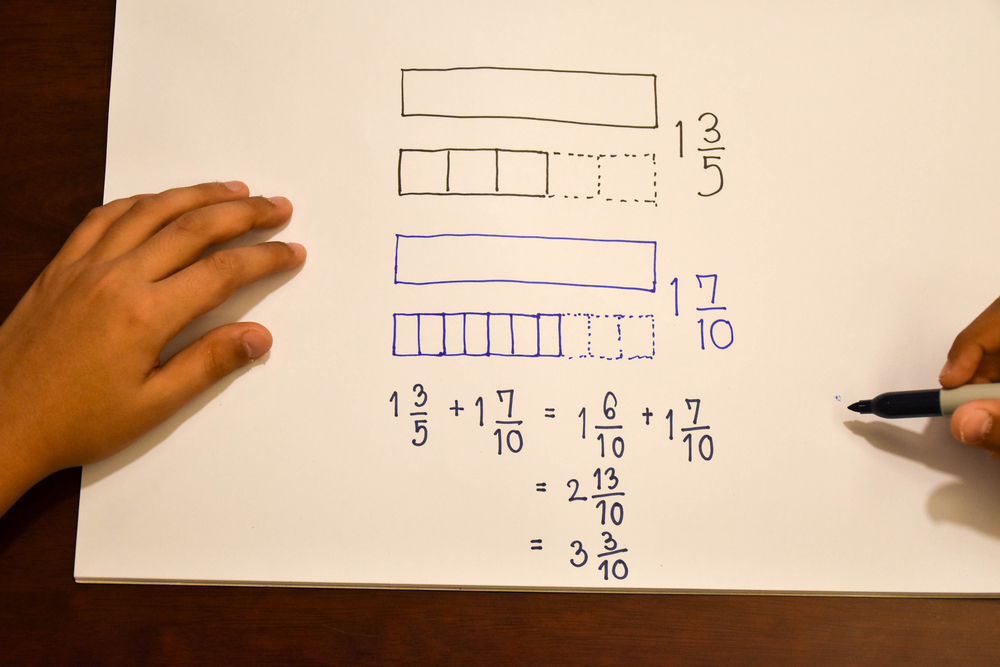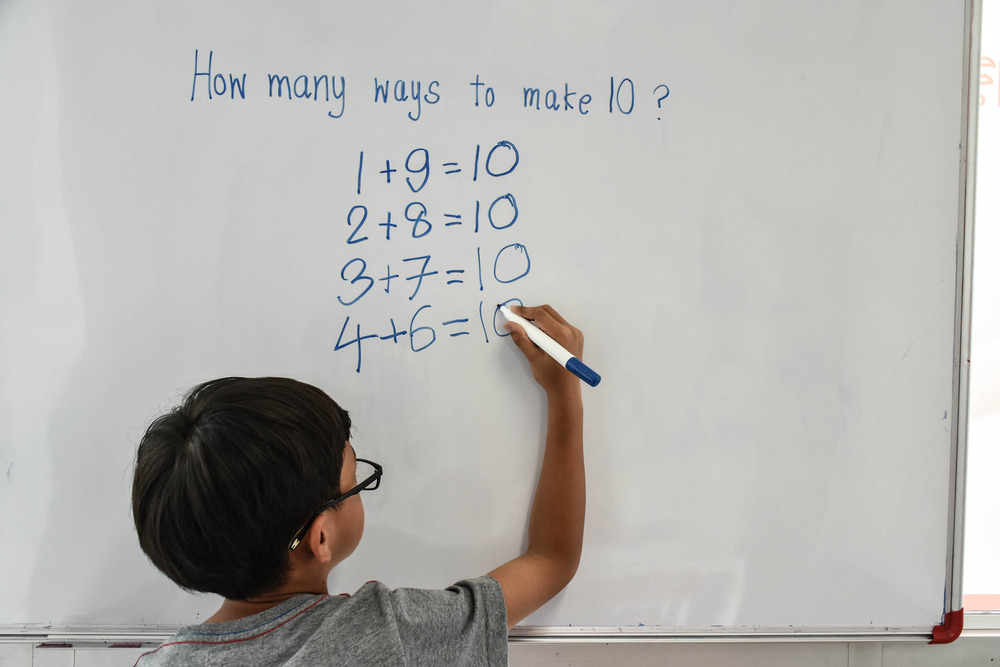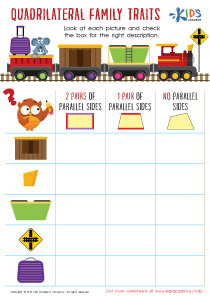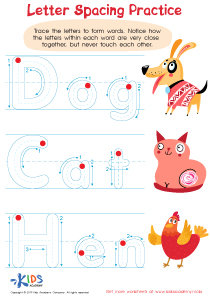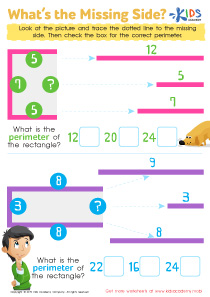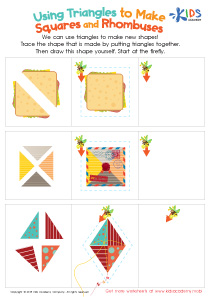Normal Fractions of Shapes Worksheets for Ages 5-8
5 filtered results
-
From - To
Discover our engaging "Normal Fractions of Shapes Worksheets for Ages 5-8" designed to introduce young learners to the exciting world of fractions through colorful, fun activities. These worksheets help children develop a concrete understanding of fractions by identifying and coloring parts of various shapes. Tailored for kids aged 5-8, each worksheet uses simple visuals to make fractions approachable and enjoyable. Enhance your child’s mathematical foundation and boost their confidence with exercises that merge learning and play seamlessly. Perfect for classroom use or home practice, these resources make mastering fractions a breeze for your little ones!
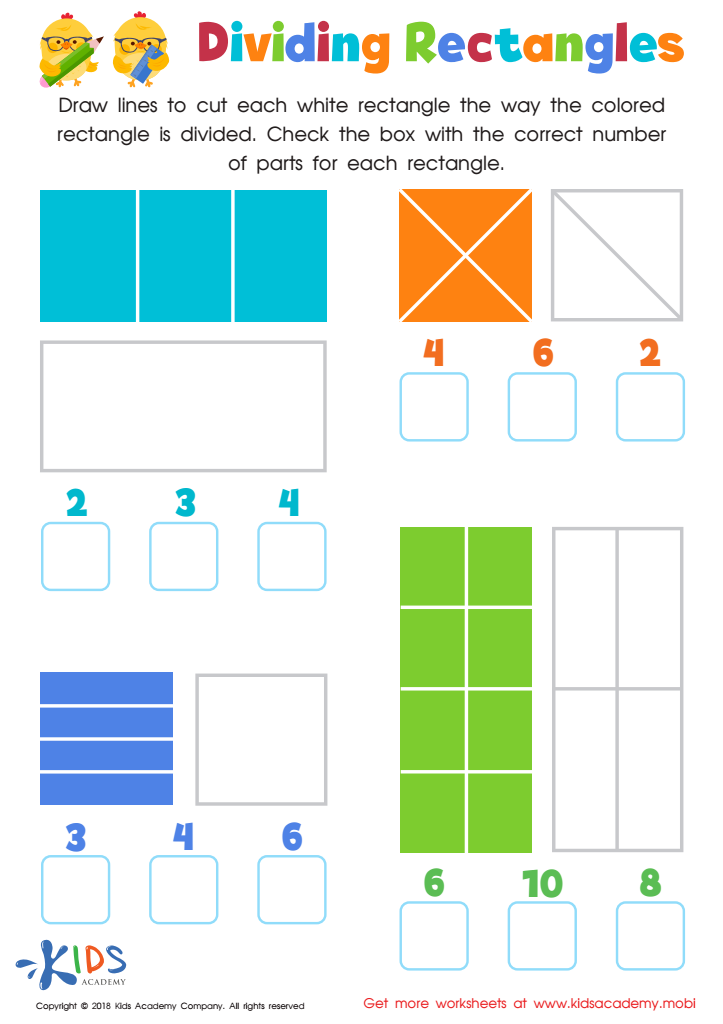

Dividing Rectangles Worksheet
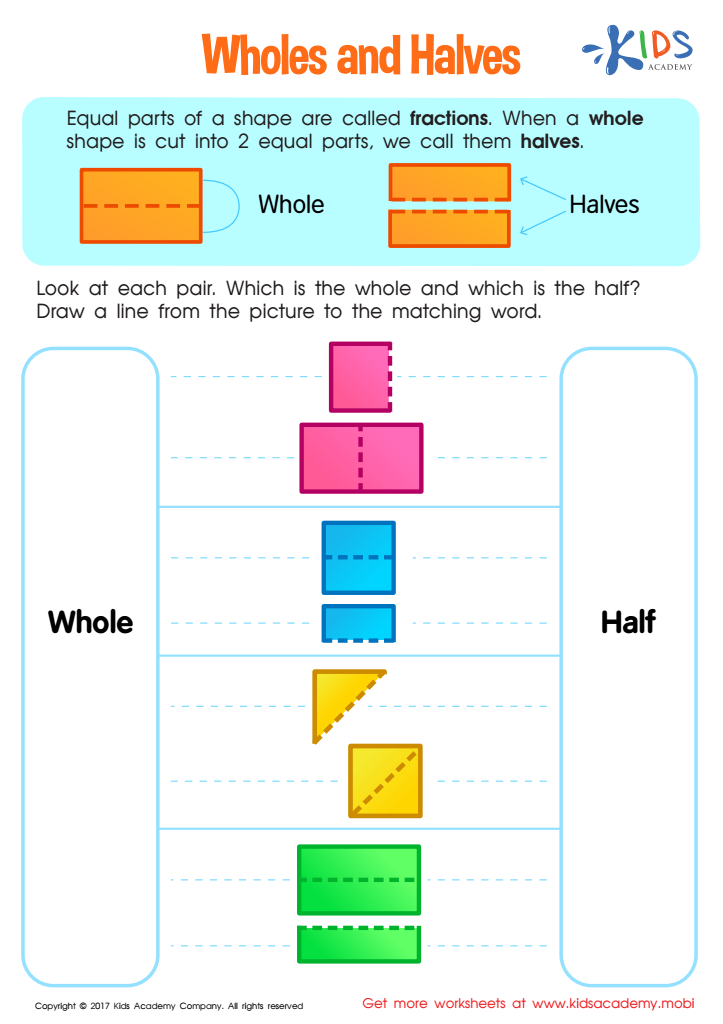

Wholes and Halves Worksheet
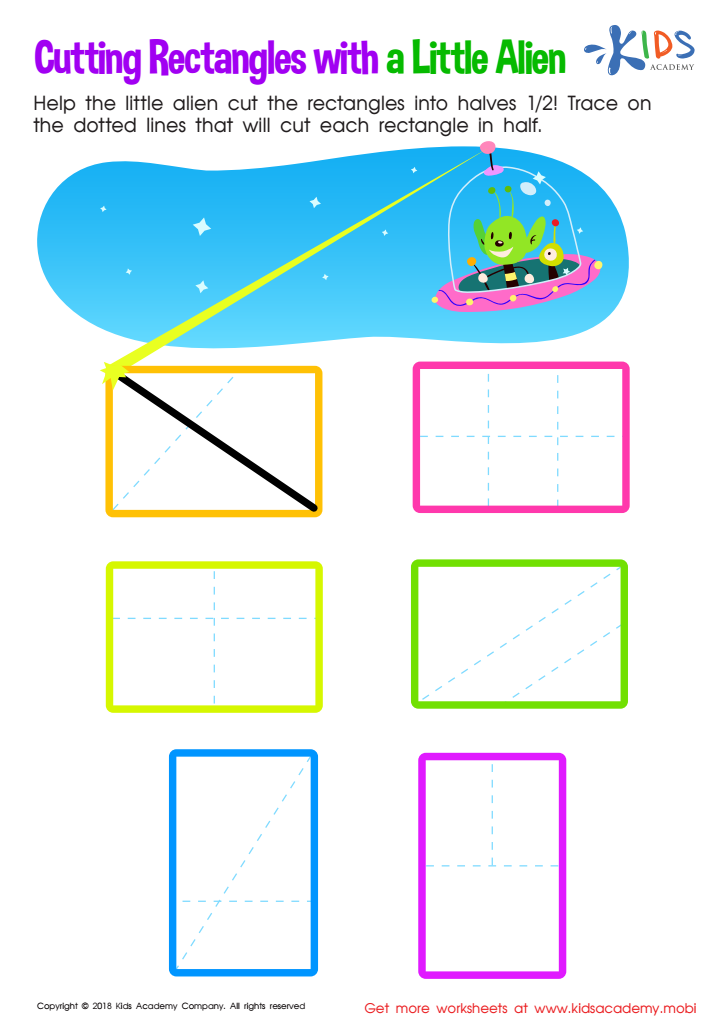

Cutting Rectangles with Alien Worksheet
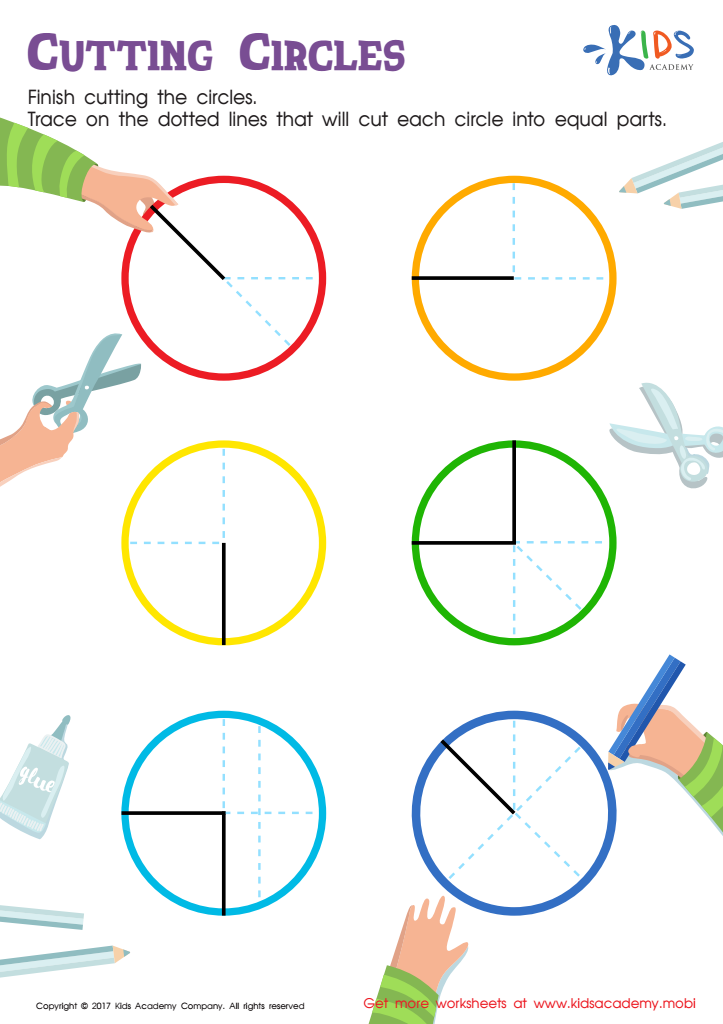

Cutting Circles Worksheet
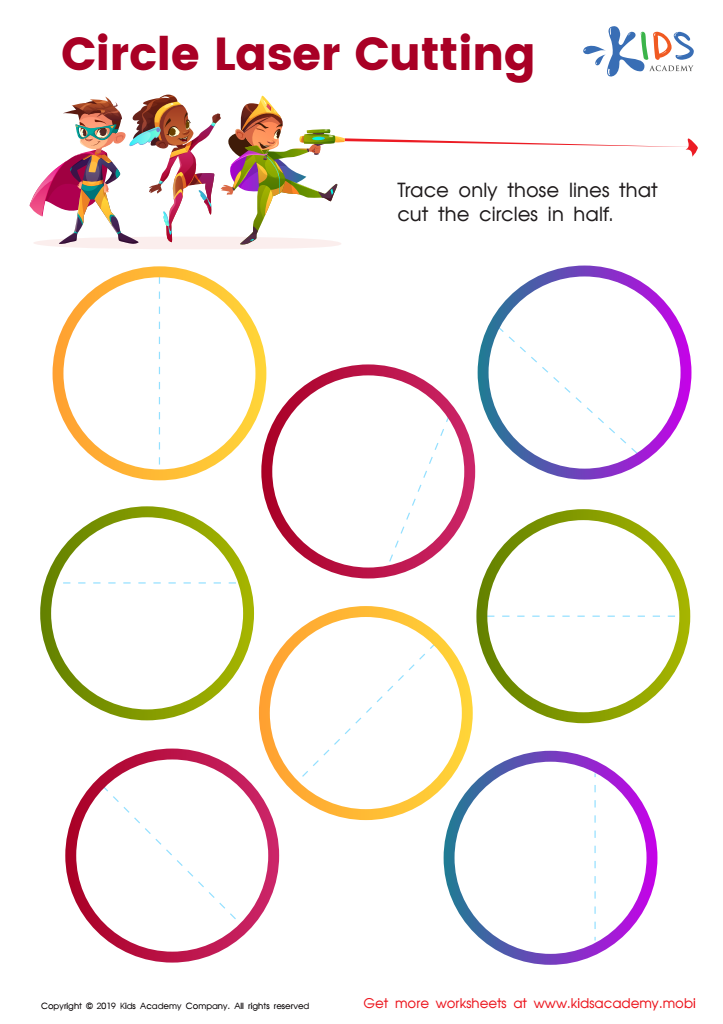

Circle Laser Cutting Worksheet
Parents and teachers should care about normal fractions of shapes for ages 5-8 because understanding fractions is fundamental to developing mathematical skills and logical thinking in young learners. Introducing fractions through relatable shapes helps children grasp the concept of parts and wholes, fostering a gradual and intuitive learning experience.
By using shapes, children can visualize fractions concretely, promoting engagement and comprehension. This hands-on method facilitates cognitive development by connecting abstract numerical ideas to tangible objects, making complex topics more accessible. Counting, dividing, and recognizing half, third, or quarter of a shape enhances their arithmetic skills, critical for future math learning and problem-solving.
Moreover, early exposure to fractions builds a solid foundation for more advanced concepts like numeracy, proportions, and geometry. It also nurtures perseverance and analytical thinking, as children investigate different ways to partition shapes fairly. Importantly, mastering fractions through fun, interactive activities like cutting fruits or drawing divided circles can make learning enjoyable, thus fostering a positive attitude towards math.
Supporting children to understand fractions early not only equips them with essential skills but also boosts their confidence, paving the way for academic success across various subjects and practical life situations, such as sharing resources or following recipes.

 Assign to the classroom
Assign to the classroom




